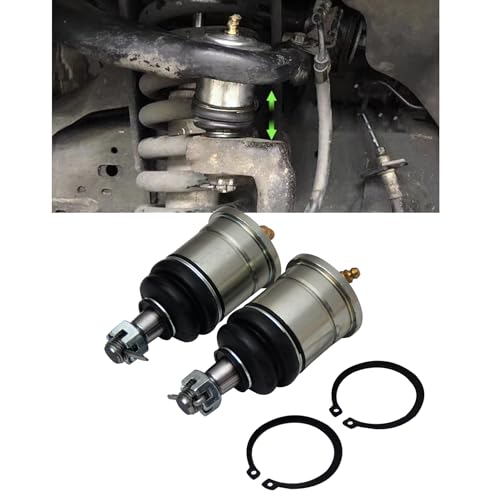Hi guys. Am hoping someone can clear up something for me please.
Just purchased a non running 2012 D40 V9X that apparently ran out of fuel. No one has been able to get it restarted. I am told fuel filter and injector pump has been changed. So after reading some threads etc I had a look at it today briefly.
Looks like the guy found the fuel bleeder valve under the engine cover. Some threads talk about a fuel primer bulb as well supposedly behind the LH rear seat.
I have had no luck finding this. Other threads say that the bleeder valve is how you prime these vehicles.
Can someone please clarify if they have a primer bulb in the fuel line as well as the fuel bleeder valve please?
Think I will pressurise the tank, push the fuel thru, utilise the fuel bleeder valve plus crack the injectors to ensure no air in the system.
Any thoughts/help would be appreciated. Thanks.
Just purchased a non running 2012 D40 V9X that apparently ran out of fuel. No one has been able to get it restarted. I am told fuel filter and injector pump has been changed. So after reading some threads etc I had a look at it today briefly.
Looks like the guy found the fuel bleeder valve under the engine cover. Some threads talk about a fuel primer bulb as well supposedly behind the LH rear seat.
I have had no luck finding this. Other threads say that the bleeder valve is how you prime these vehicles.
Can someone please clarify if they have a primer bulb in the fuel line as well as the fuel bleeder valve please?
Think I will pressurise the tank, push the fuel thru, utilise the fuel bleeder valve plus crack the injectors to ensure no air in the system.
Any thoughts/help would be appreciated. Thanks.




























